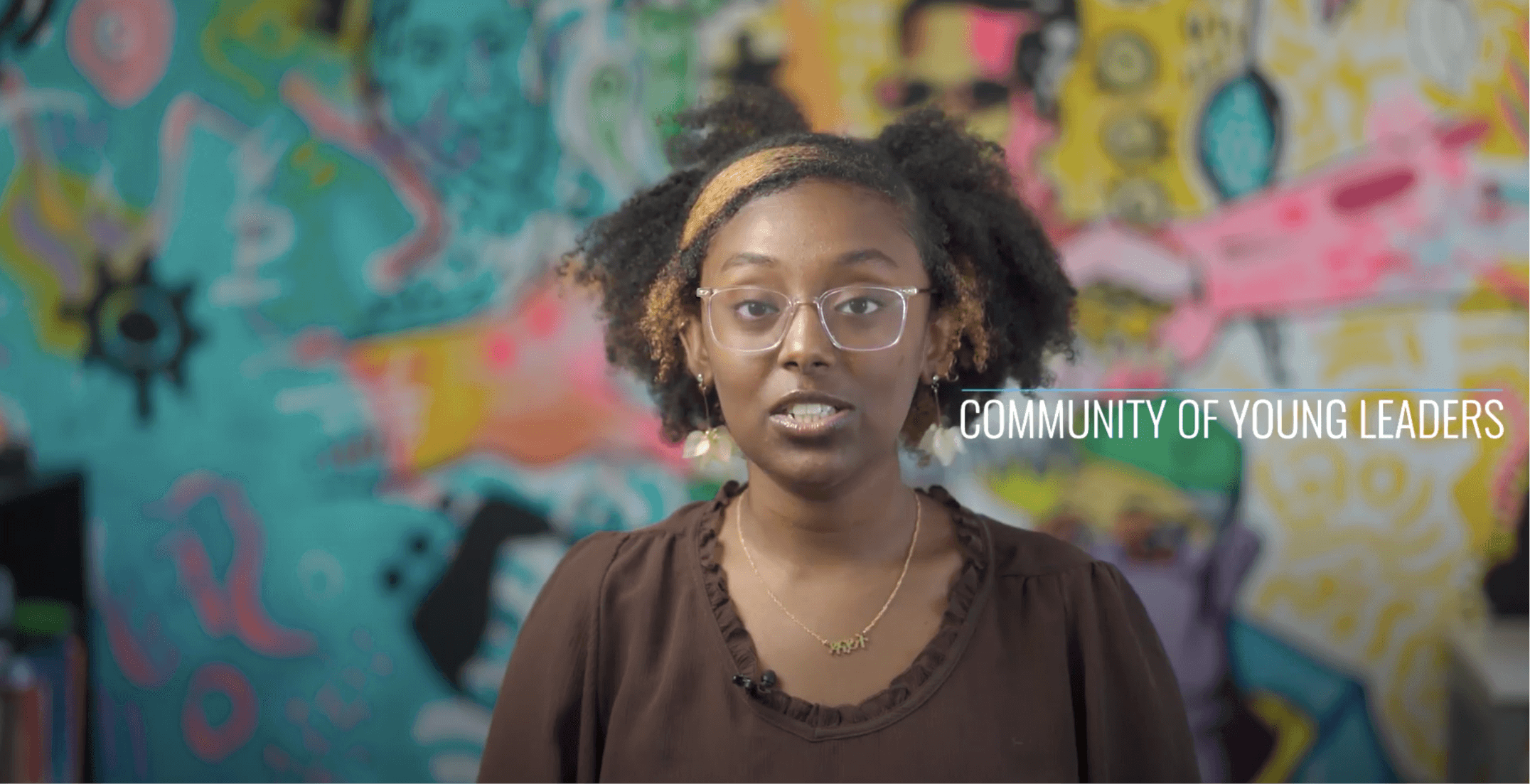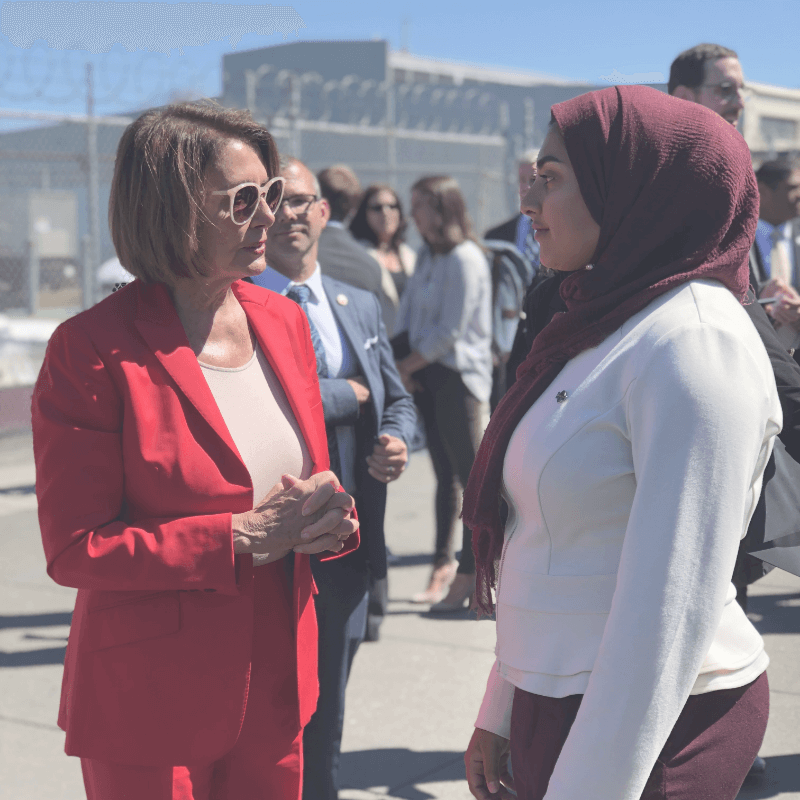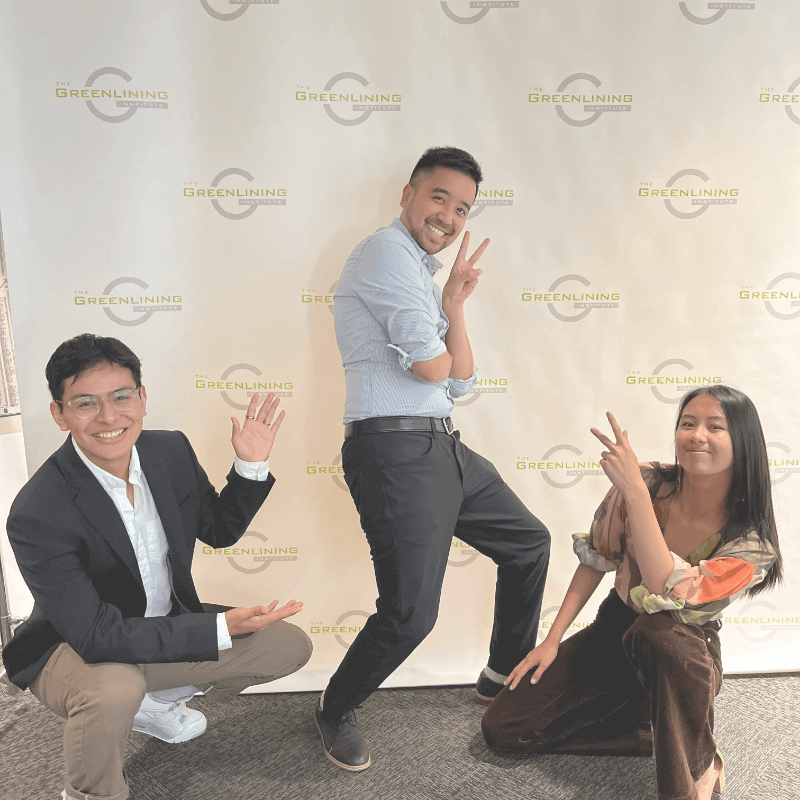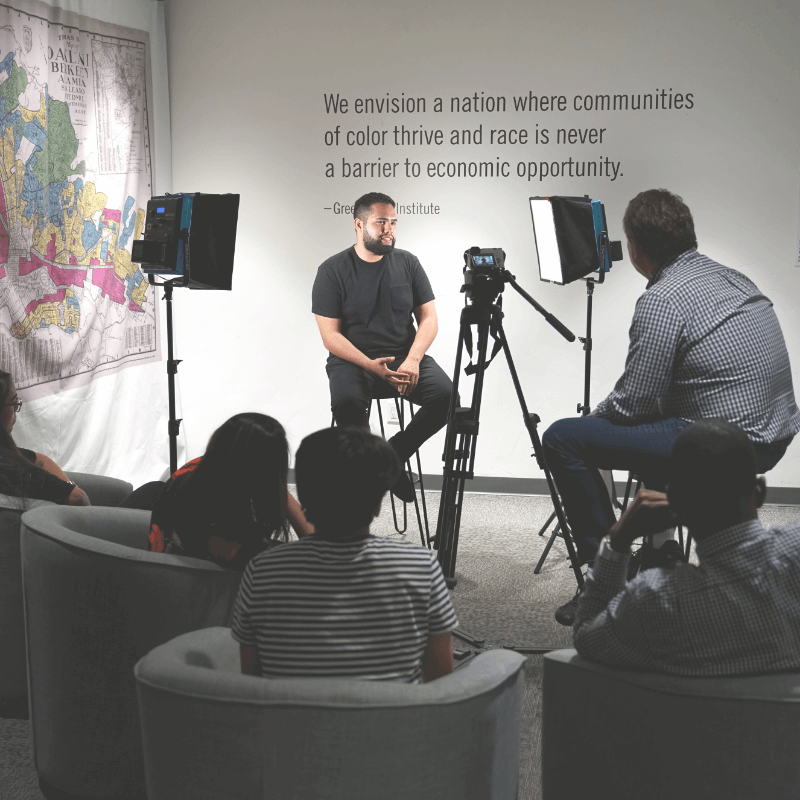Leadership Academy
Cultivating Racial Equity Leaders
The Greenlining Institute is cultivating the next generation of racial equity leaders as part of our mission to bring lasting, transformative change for communities of color.
Our Leadership Academy empowers multi-racial college students and early professionals to contribute to shaping public policy and lead on diversity, equity, and inclusion efforts.
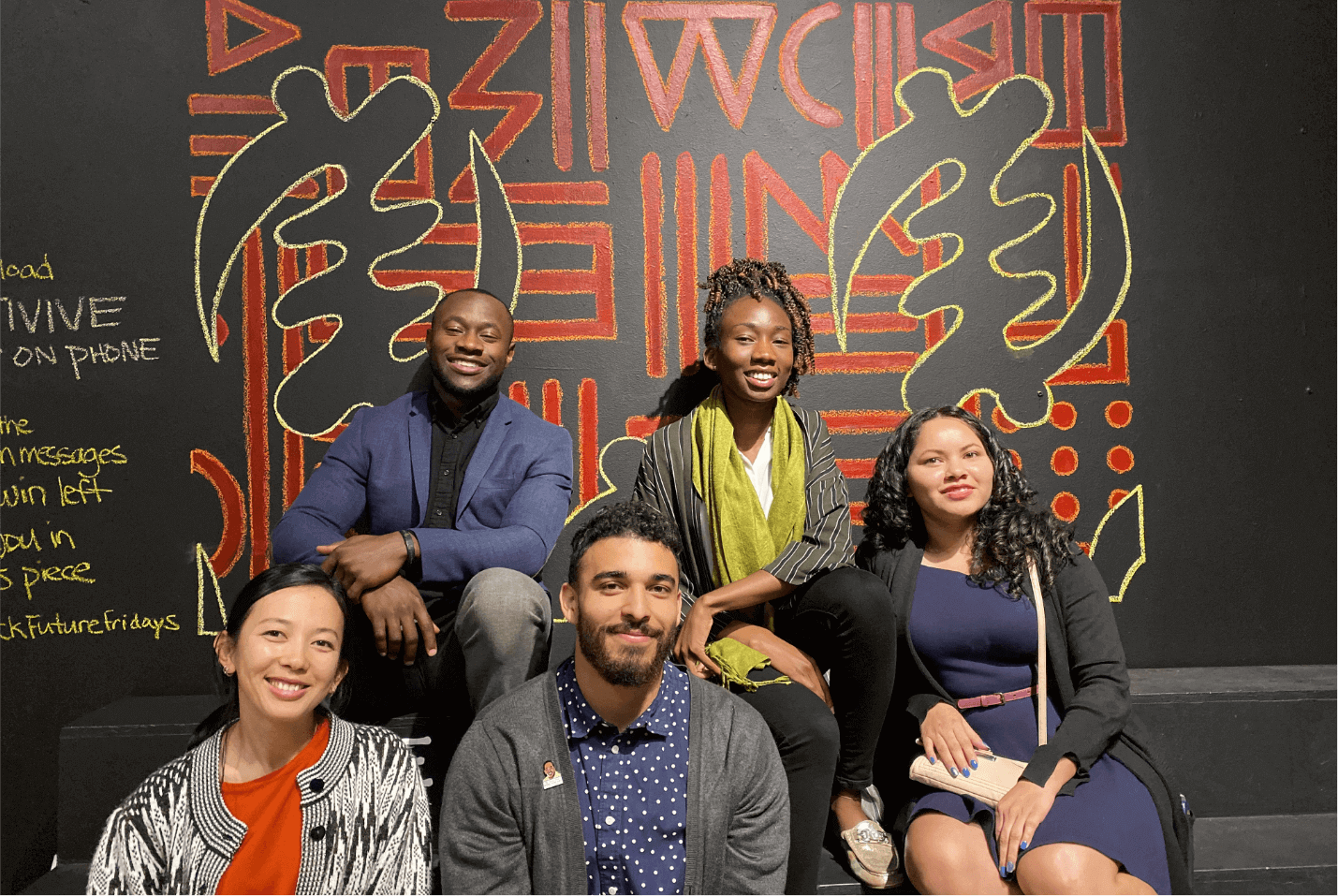
Our Approach
Empowering Early Career Professionals to Lead on Powerful Solutions
From cultivating community-building and public-speaking skills to learning techniques on how to build self-awareness and inclusive work environments, our programs are designed to help you step into your leadership through firsthand experiences.
Program graduates go on to attend top law schools, lead non-profits organizations, and become leaders in the public and private sectors. Alumni join a network of 1,000+ professionals who are dedicated to solving today’s biggest challenges.
We focus on:
- Leadership Skills: Facilitation, conflict resolution, negotiation
- Hands-On Policy Advocacy: Research, analysis, persuasive writing
- Racial Equity Frameworks: Applying this to climate and economic policy
- Professional Social Networks: Coalition and community building, professional development, mentorship
Our Programs
Fellowship Program
Our Fellowship program is an 11-month leadership development program for early-career professionals who desire hands-on policy and advocacy experience, and who have a passion for racial equity.
Read MoreSummer Associate Program
We offer an intensive 10-week training program for college students and early-career leaders who want to gain real-world policy experience and who want to invest in their professional growth.
Read MoreCasa Joaquin Murrieta
Founded at UC Berkeley in 1970 by Chicano/Latino students, our multi-racial residential leadership program is designed for full-time undergraduate students passionate about advancing racial equity.
Read MoreAcademy Alumni Association
A Community of Powerful Leaders
The Greenlining Academy Alumni Association believes our greatest strength is our connection to one another.
Every year, we welcome new graduates to our expanding network of racial equity champions. We encourage alumni to build community, exchange resources, and share job opportunities online and attend networking events. Lost touch? Sign up to reconnect with your GAAA community.
Get The Alumni NewsletterThe GAAA Board organizes events and initiatives to support the professional development of Leadership Academy alumni and to further the mission of Greenlining. The GAAA President is an ex officio member of The Greenlining Institute’s Board of Directors.
Rodney Nickens
Summer Associate 2014
Professional Development Committee, Communications Chair
Muhammad Alameldin
Fellow 2020
GAAA President
Victor Flores
Summer Associate 2021
GAAA Board Member
Frequently Asked Questions
The Fellowship application is now closed. Check back in late 2025!
When alumni give financially to the Greenlining Academy Alumni Association, they demonstrate that those who know Greenlining best value its continued work. If you are interested in learning more about how to support the GAAA’s fundraising activities, please contact the GAAA Board at gaaa@greenlining.org.
To donate to the Leadership Academy, please click here.
The Greenlining Academy Alumni Association believes our greatest assets are our people. We strongly encourage alumni to build community, exchange resources, and share job opportunities online and in-person. To do this, we manage a variety of online listservs, databases and groups:
- GAAA Listserv: A Google Groups email listserv where alumni can share internship and job opportunities. To join the group please click here.
- GAAA Facebook and LinkedIn Groups: These groups make it easier for you to add alumni to your professional and personal online social networks. These are more informal groups, where alumni engage in a variety of conversations, from sharing news articles to organizing in-person meetups. To join the Facebook Group, click here. To join the LinkedIn Group, click here.
Alumni are one of the strongest recruitment sources for Academy programs. If you have a candidate referral, please contact the Leadership Academy at academy.info@greenlining.org.

